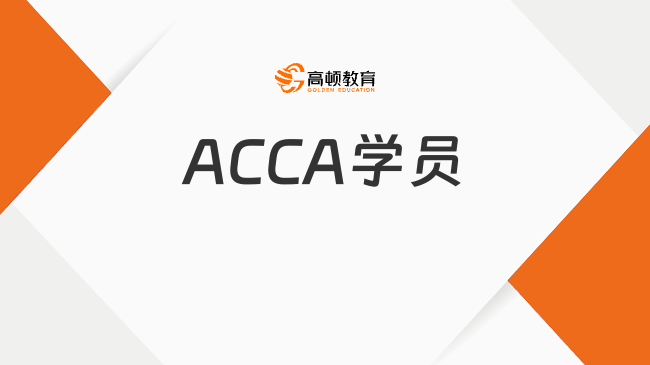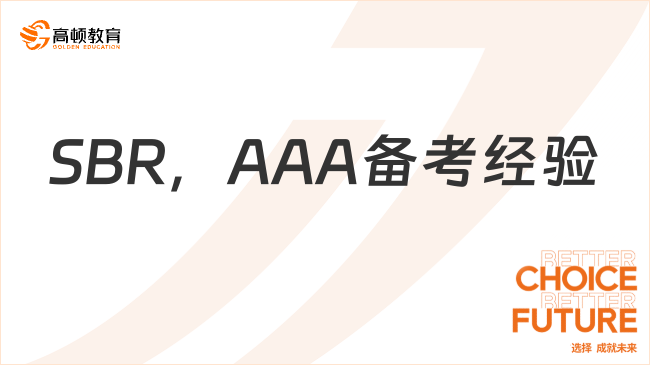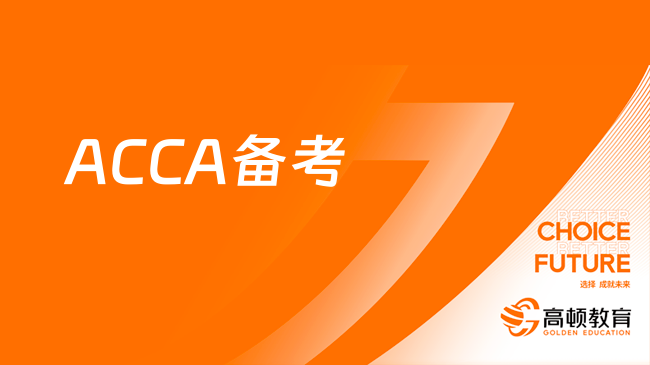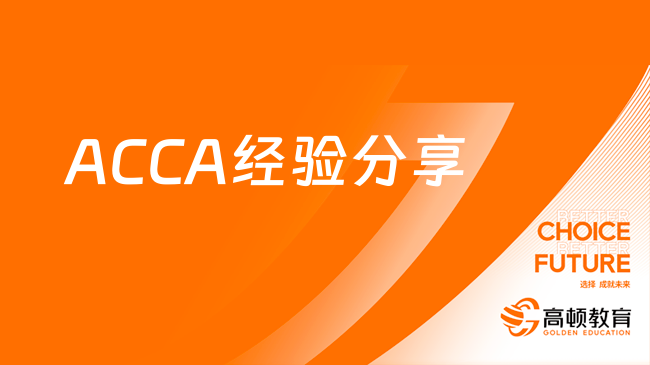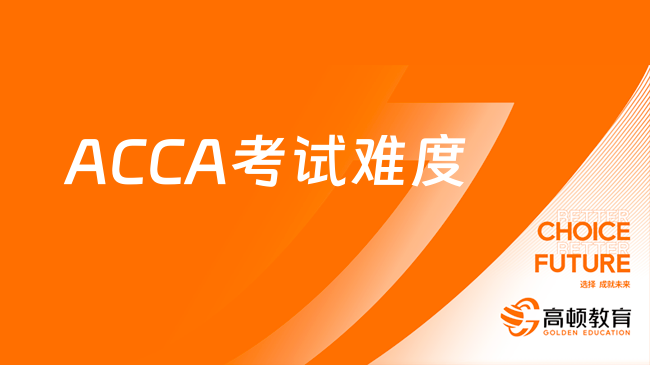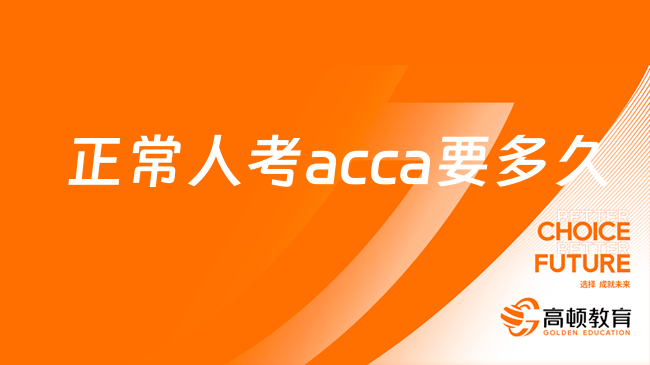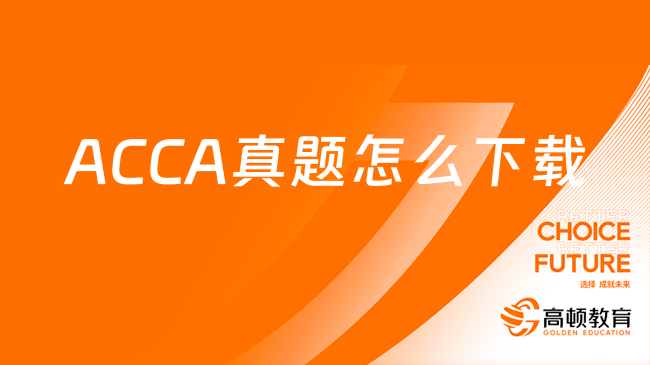ACCA F9常见问题
1. In investment appraisal calculations, I have a problem with using capital allowances since i am confused about the timing of the capital allowances and the tax benefits they generate. Can you help me?
Capital allowances or tax-allowable depreciation give a company the benefit of tax relief on the cost of buying non-current assets. The profit on which tax is calculated is reduced by the amount of the capital allowance, so the tax liability is reduced by an amount equal to the capital allowance multiplied by the tax rate. The simplest approach to dealing with capital allowances in investment appraisal is to claim one capital allowance for each year of operation of an investment project. The first capital allowance is claimed in the first year, reducing the tax liability for that year. If tax is paid in the year in which the liability arises, the tax paid in the first year will be lower. If tax is paid one year in arrears, the tax paid in the second year, which is the tax due on the first year's profits, will be lower. The exam question will state whether tax is to be paid one year in arrears. This approach assumes that the non-current asset, say a machine, was bought at the start of the first year of operation.
A more complicated approach to dealing with capital allowances in investment appraisal is to assume that the machine is bought before the first year of operation. This assumption is closer to what happens in reality, but it makes investment appraisal more difficult. The first capital allowance is claimed against company profits (not project profits) in the year before the investment project begins. One capital allowance will also be claimed for each year of operation, so there will be one more capital allowance than in the first method. If tax is paid in the year in which the liability arises, the first tax payment will be made at the start of the project (Year 0) and there will be one tax payment in each year of the project. If tax is paid one year in arrears, there will be one tax payment in each year of the project and one tax payment after the project has ended.
I recommend the first approach, which is easier to understand and leads to fewer errors when answering examination questions. This also the approach adopted by the suggested answers to examination questions.
2. Can you explain how shareholders benefit financially from owning shares in a company?
Many companies pay dividends to their shareholders, so each year shareholders receive cash income from the shares they own. Shareholders also hope that the price of their shares on the stock market will increase during the year. This increase in share prices is a capital gain. Unless the shares are sold at the end of the year, the capital gain will be an unrealised gain, i.e. a gain on paper but not in cash terms.
The wealth of a shareholder is increased by both the dividends received and the capital gain. The sum of these, compared to the share price at the start of the year, is called total shareholder return. In percentage terms, total shareholder return is the sum of dividend yield and percentage capital gain. It represents the actual return on shares and compared with the theoretical return on shares, for example the return predicted by the capital asset pricing model.
3. I often confuse ARR and IRR. Can you explain the difference between these two investment appraisal methods?
I think confusion arises because accounting rate of return (ARR) and internal rate of return (IRR) have the same letters in their acronyms. Both investment appraisal methods give a value in percentage terms, but there the similarity ends.
IRR is the discount rate which gives a net present value of zero for an investment project. The IRR method is a discounted cash flow method that takes account of the time value of money and the calculated IRR is found by linear interpolation. The ARR method uses average annual accounting profit, not cash flow, and calculates a percentage return on the capital invested in a project. ARR is very similar to return on capital employed (ROCE) and the two terms (ARR and ROCE) are often used interchangeably from an investment appraisal point of view. Once you gain an understanding of how different these two methods are, it will become difficult to confuse them.

报考指南:2014年ACCA考试备考指南
考前冲刺:ACCA备考秘籍
高清网课:ACCA考试网络课程
【整理版】ACCA各科目历年真题
真题高频考点,刷题全靠这份资料
acca全科学习思维导图
梳理核心考点,一图看懂全部章节
2023年acca考纲解析
覆盖科目重难点,备考按照计划走
- acca考试怎么搭配科目?
-
建议优先选择相关联的科目进行搭配报考,这样可以提高备考效率,减轻备考压力,1、F1-F4:为随时机考科目,难度较低,这里可以自行随意选择考试顺序。2、F5-F9:如果你的工作的和财务会计或者审计有关、或者你比较擅长财务和审计的话,推荐先考F7和F8。你可以选择一起考ACCA考试科目F7和F8或者先考F7(8)再考F8(7),这就要取决你一次想考几门。3、P阶段:选修科目中,建议企业首选AFM!第二部分科目进行选择,如果AA和SBR掌握学生更好,可以通过选择AAA,如果SBL掌握的好,可以自己选择APM。
- acca一共几门几年考完?
-
acca一共有15门考试科目,其中有必修科目和选修科目,考生需要考完13门科目才能拿下证书。
- acca一年考几次?
-
acca一年有4次考试,分别是3月、6月、9月和12月,分季机考科目是采取的这类四个考季的模式,而随时机考则是没有这方面的时间规定限制,可以随报随考。
- acca的含金量如何?
-
ACCA证书的含金量是比较高的,从就业、能力提升、全球认可等角度来说,都是比较有优势的证书,其含金量主要表现在以下几个方面:1、国际化,认可度高;2、岗位多,就业前景好;3、缺口大,人才激励。
-
高顿ACCAer|22级财会生的自白:ACCA是我迷茫大一的一盏灯 2023-09-14
-
学姐分享ACCA的SBR,AAA备考经验,一起来看! 2023-09-09
-
acca伦敦大学学位怎么申请? 2023-09-06
-
大学里含金量超高的证书,你拥有了几个? 2023-09-06
-
ACCA1考季过4科,看看学长是如何备考的? 2023-08-30
-
金融学专业能学acca吗? 2023-08-28
-
ACCA考试倒计时开始,如何备考冲刺? 2023-08-25
-
ACCA快速通过13门成功秘籍,来看学姐专访! 2023-08-23
-
acca考过了厉害吗?详述ACCA的具体作用! 2023-08-23
-
ACCA考试难度一览,详细经验分享来了! 2023-08-23
-
正常人考acca要多久?敲重点,一般2-3年! 2023-08-23
-
ACCA真题怎么下载?速戳,操作指南来了! 2023-08-14
-
PM备考经验分享| 努力的人一定会得到一颗糖 2023-07-26
-
大学ACCA方向班值不值得读? 2023-07-25
-
acca论坛推荐,有哪些实用的学习资料? 2023-07-18
-
acca论坛推荐,有哪些实用的学习资料? 2023-07-18
-
会计专业考acca免考吗?会计专业是什么? 2023-06-28
-
ACCA成建制班是什么?ACCA专业方向班什么意思? 2023-06-28
-
acca申请时填什么专业?ACCA专业难考吗? 2023-06-28
-
acca专业是什么意思?acca专业有什么优势? 2023-06-28
-
会计acca专业好学吗?国内前景如何? 2023-06-28
-
会计专业免考acca吗?详细免考信息一览! 2023-06-28
-
会计acca专业什么意思?有哪些课程? 2023-06-28
-
考acca需要什么条件和专业?你需要了解! 2023-06-28
-
cma继续教育费用怎么收费?每年都需要缴纳吗? 2023-06-19
-
2023会计学专业大学排名如何?考ACCA证书能从事会计吗? 2023-06-19
-
ACCA培训选择指南:自学还是培训机构?如何做出明智决策? 2023-06-08
-
acca需要几年内通过?有时间相关限制吗? 2023-06-07
-
天津大学会计学专业值得报吗?在校可以考ACCA吗? 2023-06-06
-
南开大学会计学专业怎么样?想考ACCA值得报吗? 2023-06-06
 更多服务
更多服务






